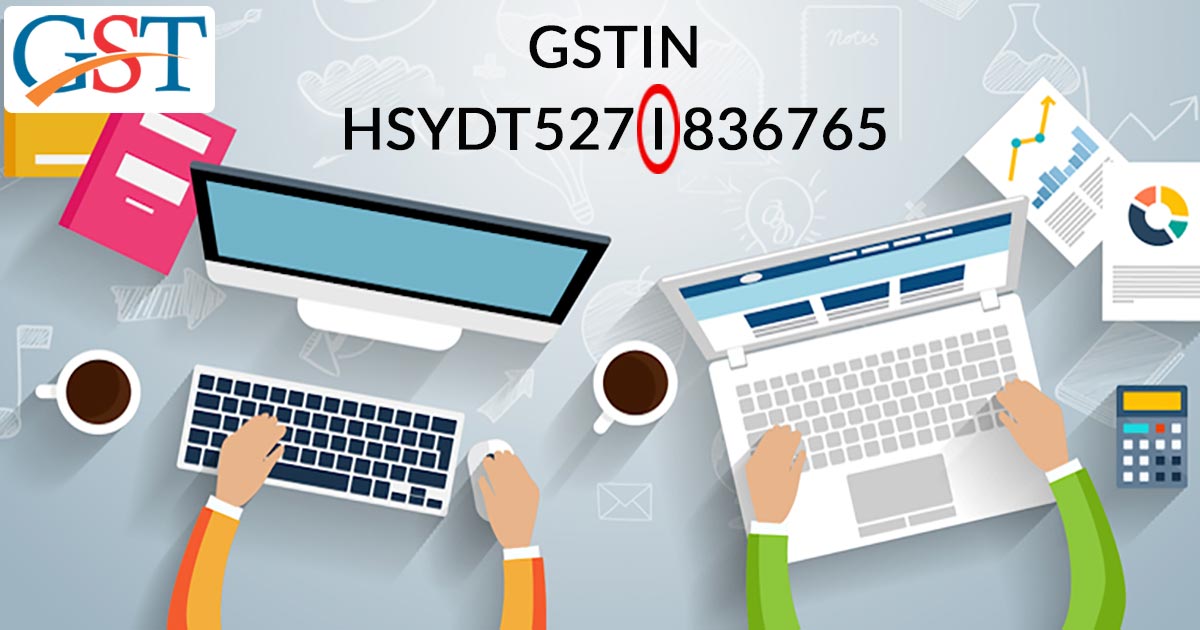In the line of errors, businesses are facing while filing their returns with the GST Network, one very common error is of typos. The users are making typographical errors between characters like ‘0’ and ‘O’, ‘1’ and ‘I’, while punching their 15-digit GST ID Number (GSTIN) on the portal. However, many of them are probably not aware that such errors can delay their input credit claims.
Here’s how:
The GSTIN is a unique identification number assigned to each company registered under the GST. The number is to be used every time while making a transaction related to the GST.
Many instances have been recorded where users are entering alphabet ‘O’ instead of the number ‘0’ while inserting their GSTIN, which is causing confusion and may even create a delay in claiming input credits.
The errors might seem small but they are creating a log of confusion and even troubles for business. Many industry officials have even suggested that the council should completely remove the letters like O and I, and numbers like 0 and 1 from the system to avoid the confusion. “A simple way to lower such error rates could be to rework the GSTIN number,” said an industry official.
He further added, “These two alphabets and numbers tend to create havoc. To do away with such potential cases, it is better to have 24 alphabets and 8 numbers in the GSTIN number.”
It is also in news that the GST Council has been verbally informed of the idea.
Even the Indian Railways could not help but take note of the problem of “wrong reporting of GSTIN number” by many of its users. In a statement earlier this month, the railway officials suggested a separate web-based solution to claim pending input credits that have been delayed because of typing and other minor errors.
CRIS, the IT arm of the Indian Railways, has even built a software that will detect the typological errors in GSTIN so that authorised officials can correct the numbers. As of now, the facility can only be used for a transaction that has already been performed against a GST invoice. This will mostly help with cases where the credit return claims have been rejected by the GST portal because of the mismatch in the GSTIN.
The railways are seeing more troubles because of this issue as most of the sector is unorganised with many parties lacking the basic IT systems and facility, which makes it difficult to verify GSTIN and other GST documents. However, the department is confident that these issues were inevitable with the new system and will fade away eventually. “These errors will come down significantly once the numbers have been correctly fed into a database,” an official said.
The similar (typing) troubles are also being faced in the implementation of the e-way bills, including the generation and matching of bills to ensure tax compliant transportation of goods.
Although the e-way bill generation system is completely automatic, the data and details are entered manually by real people, so it is prone to typing errors. The same number has to be inserted multiple times in different places while creating an e-way bill for an interstate transport. Even a single extra space or dot can create errors. One possible way to avoid the typing errors is to completely automate the entire system where all invoices will be barcoded, however, that requires extra cost.
